Pistachios, often referred to as the “green gold,” are one of the most beloved nuts globally, appreciated for their unique flavor, rich nutritional profile, and extensive culinary uses. From traditional sweets in the Middle East to luxury desserts in Europe and healthy snacks in the West, pistachios hold a prominent place in global agriculture and trade. But which country leads the world in pistachio production?
This comprehensive article dives deep into the global pistachio industry, with a spotlight on the largest producer in the world—Iran and the United States, both of which have vied for the top position for decades.
Global Pistachio Market: An Overview
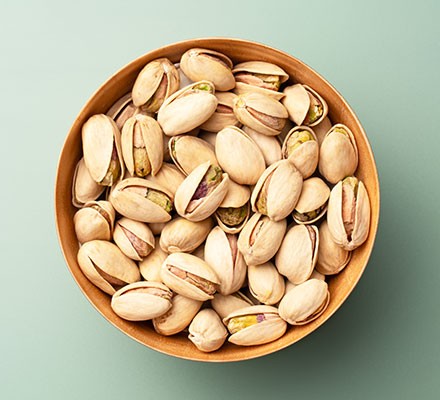
Pistachio trees are native to regions with hot, dry summers and cool winters, which makes them ideal for cultivation in semi-arid and arid climates. The global production of pistachios is concentrated primarily in a few key countries, including:
- Iran
- United States (mainly California)
- Turkey
- Syria
- Greece
- Italy
Among these, Iran has historically been the world’s largest pistachio producer, although the United States, particularly California, has surpassed or closely rivaled Iran in several recent years depending on crop conditions.
Iran: The Traditional Leader in Pistachio Production
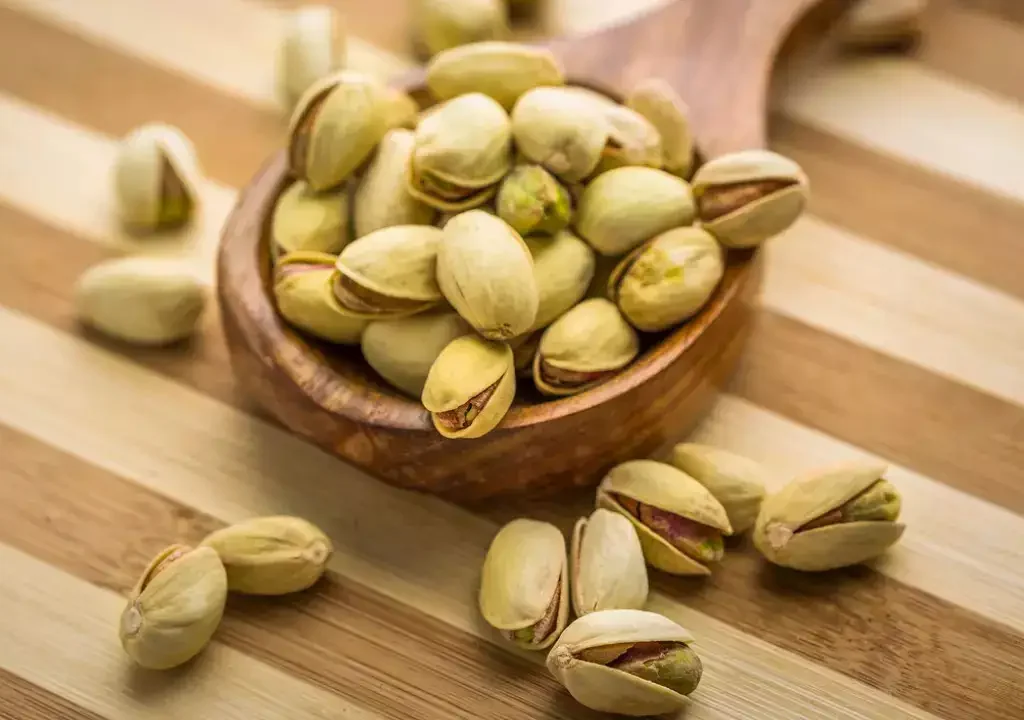
1. Historical Significance and Cultural Roots
Iran’s relationship with pistachios stretches back over 2,000 years, making it one of the oldest pistachio-producing nations in the world. Locally known as “Pesteh,” pistachios are embedded deeply in Iranian culture, cuisine, and agriculture.
Pistachios are used in:
- Traditional sweets like Baklava and Gaz
- Celebrations such as Nowruz (Persian New Year)
- Religious and family gatherings
This rich cultural heritage makes pistachio production not just an industry in Iran, but a symbol of national pride.
2. Production Statistics and Major Regions
Iran has long been the global leader in pistachio production and export. According to FAO and Iranian Ministry of Agriculture data:
- In 2023, Iran produced approximately 350,000 to 400,000 metric tons of in-shell pistachios.
- Iran typically accounts for around 30–40% of global pistachio supply, depending on annual weather patterns.
- Major growing provinces include:
- Kerman (largest and most famous)
- Rafsanjan
- Yazd
- South Khorasan
- Fars
Kerman, especially the Rafsanjan region, is considered the pistachio capital of Iran and is home to the famous Ahmad Aghaei and Fandoghi pistachio varieties.
3. Strengths and Export Dominance
Iran’s pistachio industry is export-driven, with major markets including:
- China
- India
- Europe
- Russia
- Middle East and North Africa (MENA)
Iranian pistachios are known for their:
- Rich flavor and natural oil content
- Thin shells and high kernel-to-shell ratio
- Diverse sizes and grades
Export policies, traditional knowledge, and well-established supply chains have helped Iran maintain its stronghold in the global market.
The United States: Iran’s Modern Rival
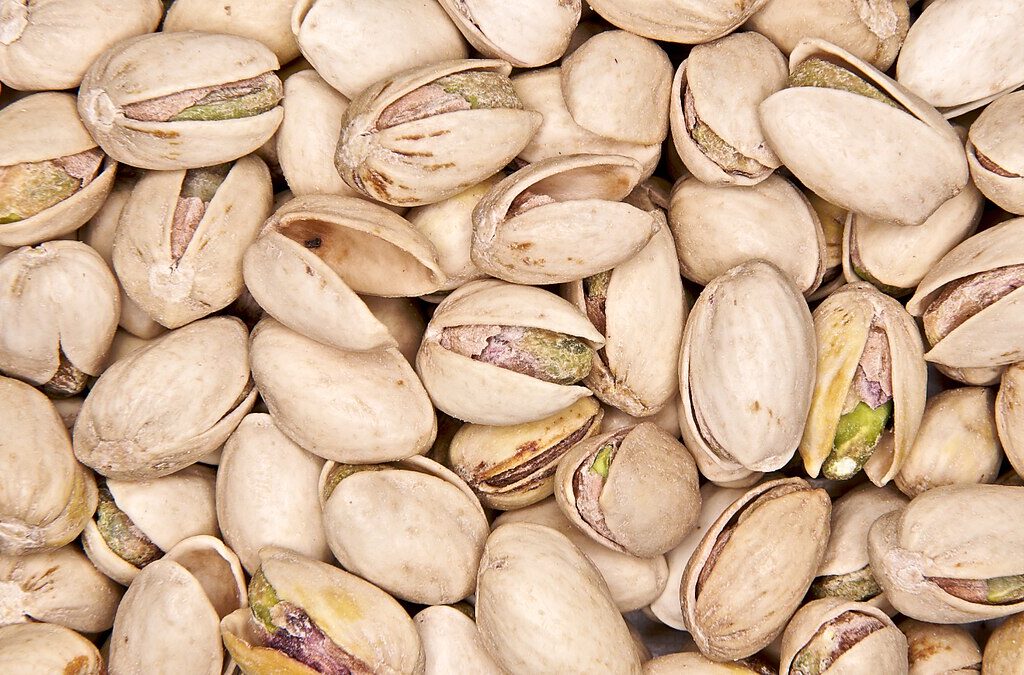
1. California: The Heart of U.S. Pistachio Farming
Though Iran was the global leader for decades, the United States, particularly California, has rapidly expanded its pistachio production and has even surpassed Iran in multiple recent years, especially during times when Iran faced water shortages or sanctions.
Key data:
- In 2023, the U.S. produced approximately 480,000–500,000 metric tons of in-shell pistachios, making it the world’s largest pistachio producer that year.
- California accounts for 99% of U.S. pistachio production.
- Major pistachio-growing regions in California include:
- Kern County
- Fresno County
- Tulare County
2. Industry Structure and Efficiency
Unlike Iran’s mostly small-scale, traditional farms, the U.S. pistachio industry is characterized by:
- Large commercial orchards
- Modern irrigation systems
- Mechanical harvesting
- Scientific pest and disease management
This industrialized, technology-driven approach gives the U.S. a competitive advantage in consistency, scalability, and traceability, which are important for export markets.
3. Export Markets and Challenges
The U.S. exports pistachios to over 100 countries, with top destinations including:
- China
- European Union
- India
- Canada
- South Korea
However, the U.S. industry has faced challenges such as:
- Trade wars and tariffs (e.g., with China)
- Water shortages in California due to drought
- Pest infestations like navel orangeworm
Despite these challenges, the U.S. continues to grow its dominance through innovation and aggressive marketing campaigns.
Turkey: The Emerging Contender
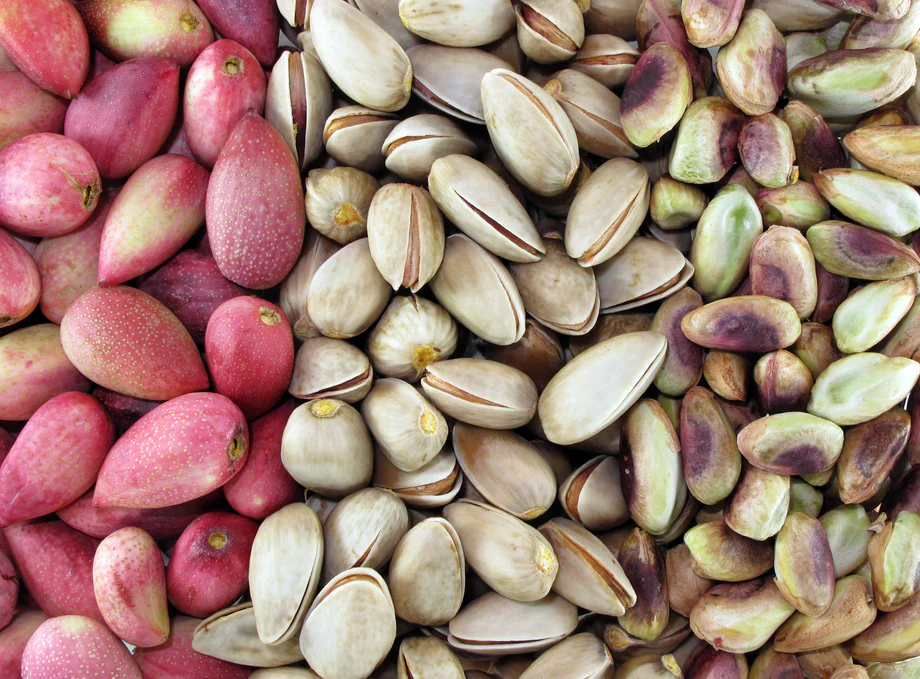
1. Local Popularity and Production
Turkey, the third-largest producer of pistachios globally, contributes around 100,000–150,000 metric tons annually. Pistachios, called Antep fıstığı, are a staple in Turkish sweets like Baklava, and play an essential role in the domestic food culture.
2. Key Producing Regions
- Gaziantep (origin of the famous Antep variety)
- Şanlıurfa
- Siirt
Turkey’s pistachio production is mostly consumed domestically, although exports are gradually increasing.
Comparative Analysis: Iran vs. USA
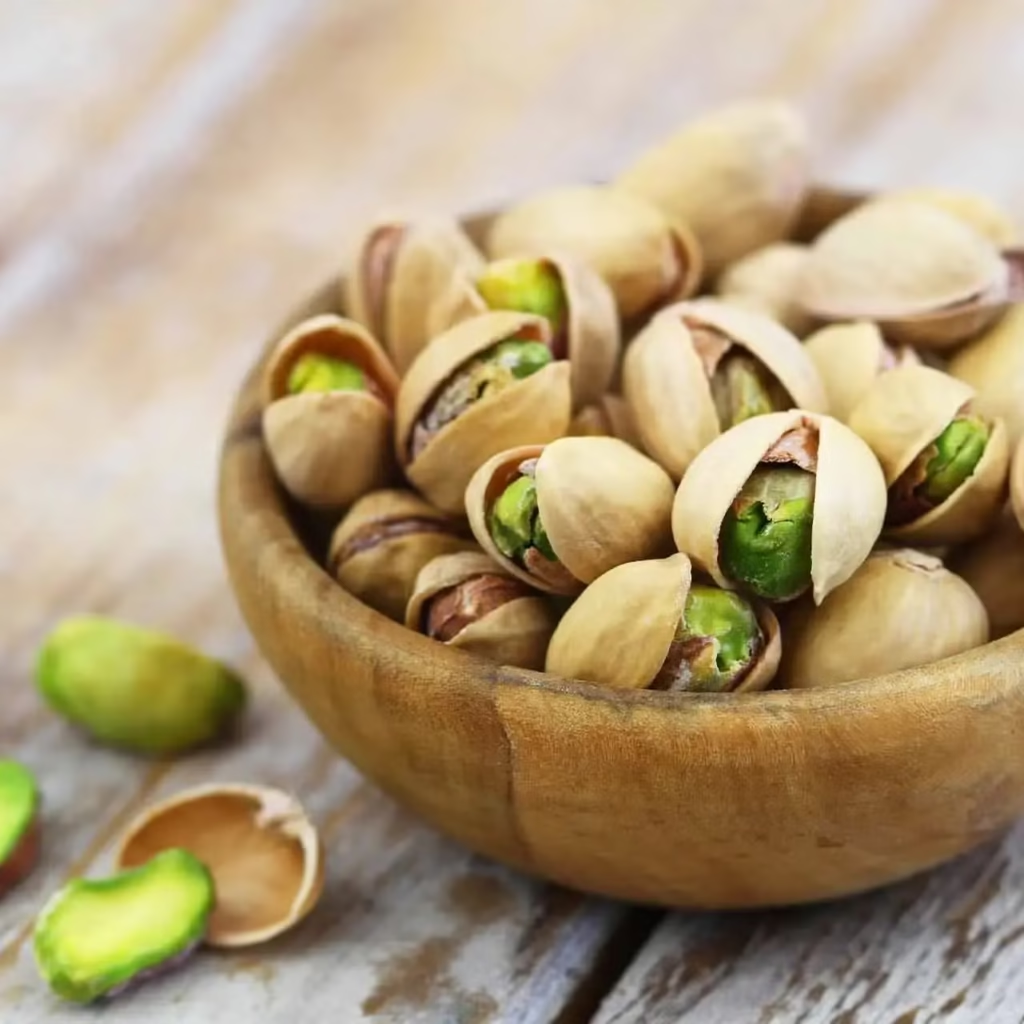
| Category | Iran | United States |
|---|---|---|
| Production (2023) | ~400,000 MT | ~500,000 MT |
| Major Growing Region | Kerman (Rafsanjan) | California (Kern, Fresno) |
| Farm Type | Mostly smallholders | Large-scale commercial |
| Technology Use | Traditional | Highly modern |
| Export Dependency | Very high | Very high |
| Top Varieties | Fandoghi, Ahmad Aghaei | Kerman, Golden Hills |
| Strengths | Flavor, history | Consistency, quality control |
While Iran has historical dominance and premium taste varieties, the U.S. leads in quality control, yield per hectare, and innovation. The battle for pistachio supremacy largely depends on crop cycles, water availability, international trade conditions, and government support.
Health Benefits Driving Global Demand
The growing popularity of pistachios globally is driven by their nutritional richness and health benefits, which include:
- High protein and fiber content
- Rich in vitamin B6, potassium, and antioxidants
- Helps with heart health, blood sugar regulation, and weight management
With increasing interest in plant-based diets and natural snacks, pistachio consumption is rising steadily worldwide.
Future Outlook for the Global Pistachio Market
According to the International Nut and Dried Fruit Council (INC):
- Global pistachio production is projected to exceed 1.2 million metric tons by 2030.
- Major growth markets include India, China, and Southeast Asia.
- Investment in climate-resilient varieties, water-efficient farming, and sustainable practices will shape future leadership.
Conclusion
When it comes to answering the question, “Which country is the largest pistachio producer in the world?”, the answer depends on the year and conditions. However:
- In terms of total production volume (as of 2023), the United States is currently the largest pistachio producer.
- Historically, Iran has been the traditional leader, known for its rich varieties and long-standing cultivation heritage.
Both countries continue to shape the global pistachio market in their unique ways. While Iran charms with its heritage and flavor, the U.S. impresses with efficiency, scalability, and technological superiority.
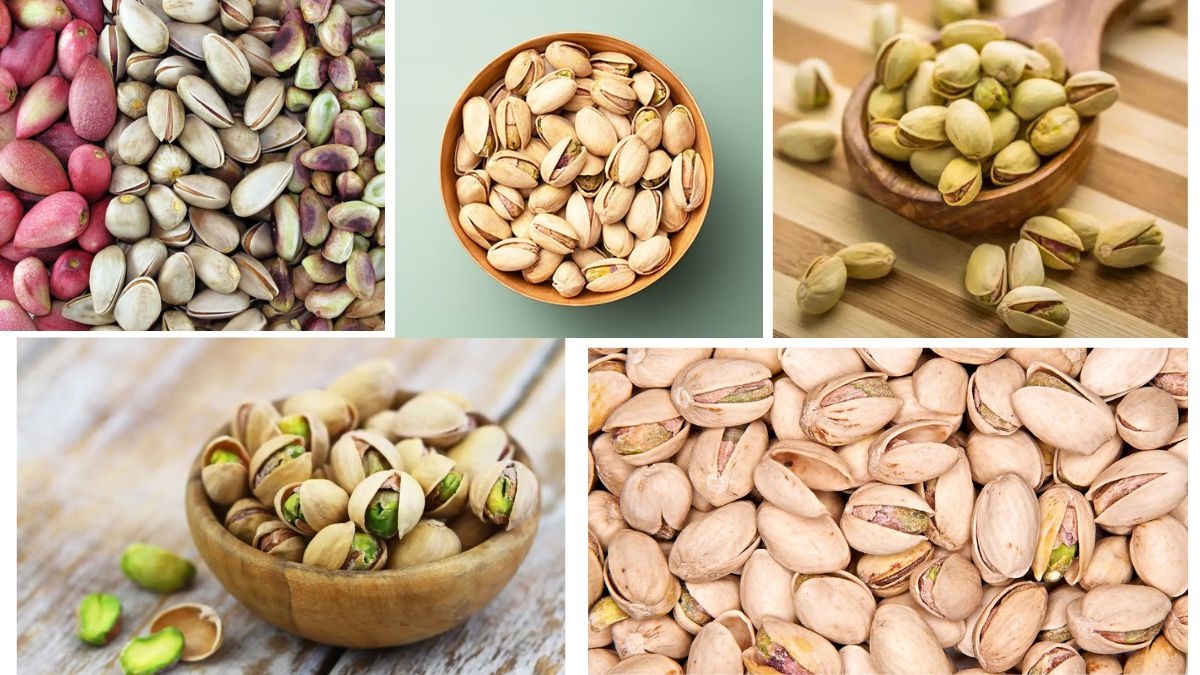





Leave A Comment